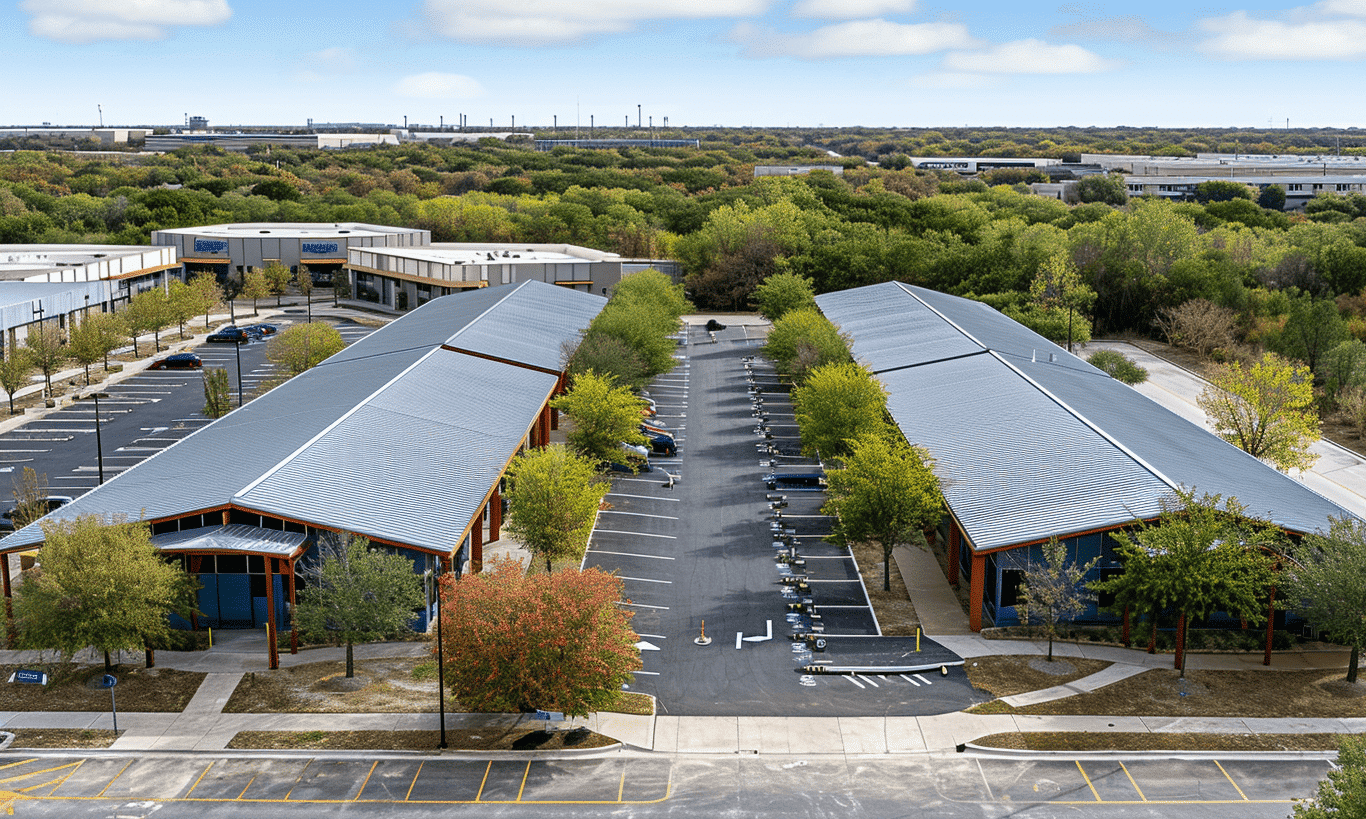Navigating the complex world of commercial property zoning can often feel like a dance between creativity and constraint. Imagine you’ve acquired a plot of land, poised to build your dream commercial structure, only to find that the zoning laws could thwart your grand vision. Fear not; understanding and leveraging commercial property zoning is key to unleashing the full potential of your real estate investment. In this article, we’ll explore how to maximize land use with commercial property zoning while adhering to crucial regulations and standards.
—
The Basics of Commercial Property Zoning
Commercial property zoning defines how a specific plot of land can be used and dictates the types of structures that can be erected in a particular area. These zoning regulations can be compared to a compass guiding developers toward conforming and functional land use while promoting orderly and sustainable growth.
Zoning laws aim to balance growth and conservation, ensuring a harmonious coexistence of residential, commercial, and recreational spaces. From skyscrapers in bustling cities to boutique retail spaces in suburban neighborhoods, zoning regulations shape the landscape. It’s essential to understand zoning laws and land use regulations to use your commercial property effectively.
Types of Zoning Designations
In the realm of commercial property zoning, several designations guide property development:
1. **Commercial (C):** Encompasses retail shops, office spaces, and service-oriented businesses.
2. **Industrial (I):** Caters to manufacturing, warehouses, and distribution centers.
3. **Residential (R):** Simple living spaces, occasionally allowing for mixed-use commercial/residential buildings.
4. **Mixed-Use (MU):** A blend of commercial and residential uses, often seen in urban development.
Optimizing Land Use With Strategic Planning
Maximizing land use in commercial projects often starts with an in-depth analysis that includes understanding the local Commercial Construction requirements, market trends, and community needs. With a proactive and agile approach, property developers can unlock the latent potential of their investments while adhering to zoning limitations.
Planning for Community Needs
When considering commercial property zoning, it is vital to think about the community it serves. Aligning your project with communal goals and needs can make the approval process smoother and ensure long-term success. Conducting surveys and community outreach can pinpoint demand areas, such as a need for new retail outlets or office space, resulting in increased local support and a stronger business.

Sustainability and Innovation
Today’s developers are tasked with integrating sustainable practices and innovations into their projects. This not only aids in compliance – like adherence to Commercial building code compliance standards – but also enhances market appeal. Utilizing green building techniques, renewable energy sources, and eco-friendly materials can ensure your project meets contemporary environmental standards and zoning requirements.
Flexibility With Mixed-Use Developments
Mixed-use developments can be a game-changer in maximizing return on investment. They offer flexibility by allowing residential and commercial elements to coexist within a single project, broadening customer bases, and service offerings. These developments align well with the sustainable urban concepts observed in thriving city environments.
Leveraging Resources and Partnerships
Engaging with experts who are well-versed in zoning regulations can streamline the process, mitigating risks and ensuring full legal compliance. Collaborating with architects, urban planners, or a specialist in steel structure kits Ontario can transform your vision into reality while embedding efficiency and durability into your design.
Simplifying Permits and Approvals
Obtaining the necessary permits and approvals is a crucial step in any commercial property endeavor. This phase requires detailed documentation and adherence to all regulatory fees and procedures. By working closely with professionals familiar with the local approval process, you can anticipate potential obstacles and proactively address them.

Utilizing Government Resources
Many governmental bodies, including the Government of Canada – Commercial Property Zoning, offer valuable resources and guidelines to assist developers. These resources can be invaluable, offering insights into regional development strategies, economic incentives, and legal frameworks necessary for adherence to policy.
Conclusion: Turning Zoning Challenges into Opportunities
In the face of intricate commercial property zoning regulations, potential obstacles can be rendered opportunities with strategic foresight and a proactive mindset. Whether you’re breaking ground on a new Commercial Construction project, or seeking ways to utilize existing spaces more efficiently, understanding and navigating zoning laws is a vibrant part of the development journey.
By leveraging community engagement, sustainable practices, and expert collaboration, you can not only comply with necessary standards but also significantly enhance the value and functionality of your property. Commercial property zoning shouldn’t be viewed as a restriction, but rather as a roadmap guiding innovative and responsible development practices. Your next project awaits, ready to rise within the boundaries of ingenuity and regulation.
—
By embracing these approaches to commercial property zoning, developers and investors can enjoy thriving projects that meet compliance standards, cater to community needs, and ultimately, bolster their bottom line.










